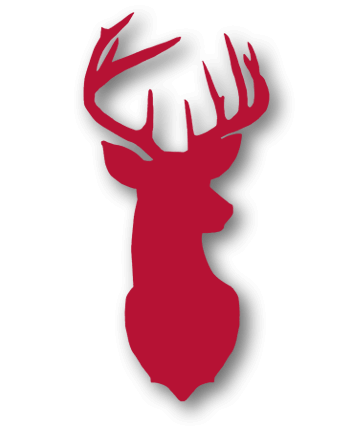ART & DESIGN
Intent
At Redhill Primary School, our Art curriculum develops children’s imaginations and creativity and allows children to record their ideas and experiences. Children are given a wide range of opportunities to develop their skills in drawing, using colour, painting, sculpture, texture, form, printing and exploring patterns. Children gain knowledge of different artists and designers and their styles of work and use this to inspire them when creating their own artwork. Children are able to experiment with a broad range of tools, materials and techniques and compare them to develop their understanding further. Children are given opportunities to evaluate their own work as well as others and adapt work. The curriculum will enable the children to reach and exceed their potential at Redhill Primary School.
Implementation
At Redhill Primary School, we implement an Art and Design curriculum that ensures high standards of teaching and learning. Art and Design is taught as part of themes each half term as well as a stand-alone subject. It is built around essential knowledge, understanding and key skills stated in the National Curriculum. The children at Redhill also enjoy linking their artwork to their experiences as well as making cross-curricular links e.g. their chosen year group’s English book for each half term. An example of this was when a Japanese based story was chosen in Year 3. The children sketched and painted Japanese Cherry Blossom and painted a picture of the main character from the story. The children then did an artist study on Van Gogh and created his style of backgrounds. These were then all linked together to produce a final piece of artwork. The children thoroughly enjoyed this as the lessons were cross-curricular and more meaningful to them.

As a whole school, last academic year each class was given a value from our school ANTLERS.
Each class produced their own artwork to display in the school hall to demonstrate their understanding on their given ANTLER e.g. creative hands from the class joined together to represent ‘Team work’. Whole school displays have also been produced and shown at the front of the school this academic year including supporting the NHS, Remembrance Day and Christmas.
The Art and Design curriculum allows teachers to plan lessons for their class using our progression of skills grid alongside the long-term plan. This ensures the curriculum is covered and the skills/knowledge taught shows clear continuity and progression.
For example, in Key Stage 1 children will learn the basic skills of shading and colour mixing.
In Key Stage 2, children will then be able to build on their knowledge and skills of this by learning how to enhance shades. Children record their sketches and artwork in their sketch books which are then moved up to the following year group with them. This helps to show progression not only throughout the year but also across year groups.
Early Years Foundation Stage
Pupils explore and use a variety of media and materials through a combination of child initiated and adult directed activities. They have opportunities to learn through play, exploring and manipulating texture, colour, materials, media and patterns.
Key stages 1 and 2
Pupils are taught to use a range of materials and techniques creatively to design and make products showing their imaginations and experiences. Children learn about artists, designers and architects and use this knowledge to help inspire their own work in different forms e.g. drawings, paintings, sculptures etc. For example, when children learn about the distinct style of Pablo Picasso, they use his style to create their own abstract pieces of artwork. In Key Stages 1 and 2, children use their sketchbooks to record ideas and practise skills e.g. shading, patterns etc. They can then revisit work and include this in other pieces or use it to improve their skills.
In order to help teach Art and Design to its best, subject leaders within local schools and other professionals from the Arts sector form a network called Arts Connect to have regular meetings and updates. During this time, professionals can share their ideas, experiences and support each other to provide a broad curriculum. Exciting activities are shared to enhance learning and guest speakers, workshops are promoted in order to help with the teaching of Art and Design. This has supported with CPD (Continuing Professional Development) of staff within school.
Impact
The impact of our Art and Design curriculum can be seen not only in our children’s sketch books but also through displays and the school environment. Children will have demonstrated a wide range of Art and Design techniques by the end of each academic year and progression of knowledge, skills and understanding will be seen across the school.
We measure the impact of our curriculum through the following methods:
- Pupil discussions about their learning.
- Photos of the children’s practical learning.
- Interviewing the pupils about their learning (pupil voice).
- Termly reporting of attainment and progress across the curriculum areas covered within Art. DC Pro is used to track coverage and attainment of skills/National Curriculum objectives. Attainment/coverage is recorded 3 times a year and it supports with tracking progress of each child in each curriculum area. Although as a school we record attainment 3 times a year, there is scope to record more frequently throughout the year.
- Children’s work in books and on display e.g. an art gallery where framed exemplary pieces of work are displayed.
- Skills progression grid and long-term planning annotated and highlighted to show coverage of knowledge and skills linked to the National Curriculum.
- Floor book to show examples of work across the school.
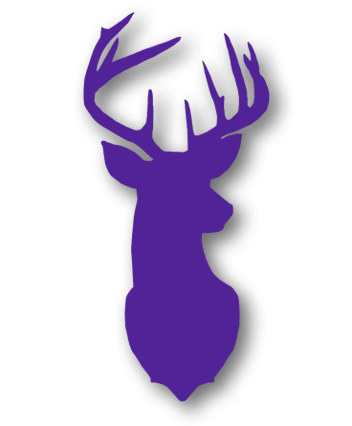
Ambition
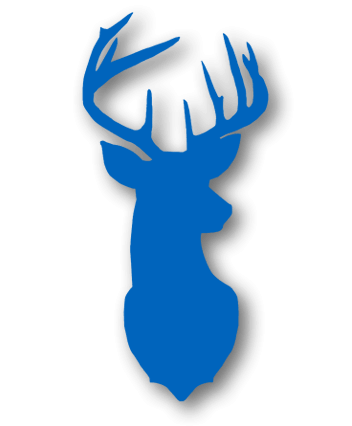
Never Give Up
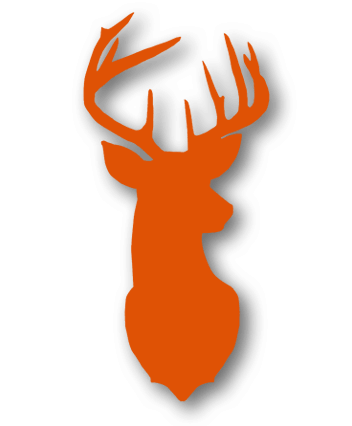
Teamwork
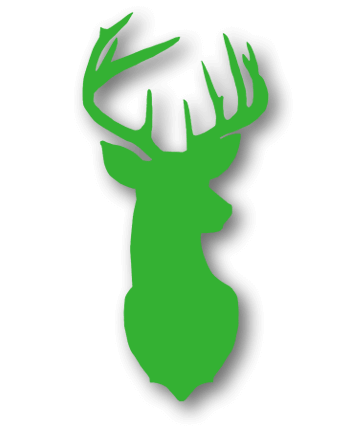
Love Learning
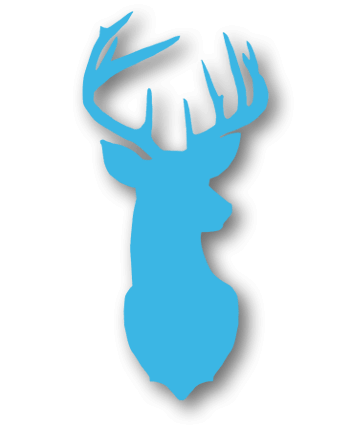
Equality & Fairness
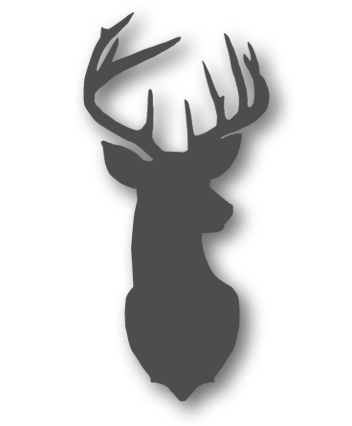
Respect
